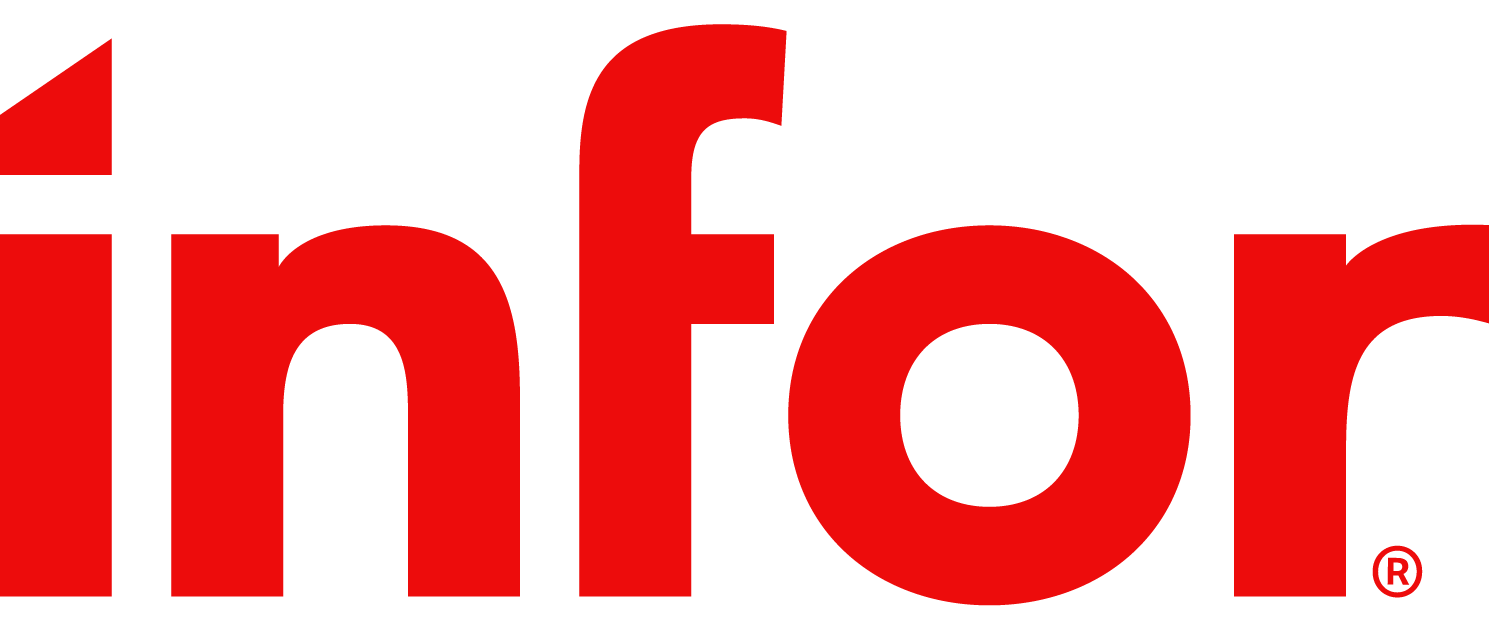2nd Level w/Tabs
Example
Usage Examples
Code Example
A button object should always use a <button> element. Also make sure to add type="button" or some browsers will treat this as a submit button and refresh the page.
There are five types of buttons, all controlled by classes and markup.
btn-primary– Primary action form buttonbtn-secondary– Secondary action form buttonbtn-tertiaryorbtn– Normal tertiary buttonbtn-icon– Icon only buttonbtn-menu– A button with a context menu attached
All buttons are assumed to include an icon and a text label. An icon can be added by including the SVG icon element and use a span to hold the button text.
<button class="btn-primary" type="button" id="page-button-primary">Action</button>
<button class="btn-secondary" type="button" id="page-button-secondary">Action</button>
<button type="button" class="btn-tertiary" id="page-button-tertiary">
<svg role="presentation" aria-hidden="true" focusable="false" class="icon">
<use href="#icon-filter"></use>
</svg>
<span>Action</span>
</button>
<button type="button" class="btn-icon" disabled id="page-button-icon">
<span>Date</span>
<svg role="presentation" aria-hidden="true" focusable="false" class="icon">
<use href="#icon-calendar"></use>
</svg>
</button>
You can also use the button component to make a toggle button. Here is an example of a favorite style icon you can toggle on and off. Adding the class icon-favorite will change the icon color to a gold color instead of the usually blue toggle buttons when on.
<button type="button" id="favorite" class="btn-icon icon-toggle" title="Favorite">
<svg class="icon-test icon" focusable="false" aria-hidden="true" role="presentation">
<use href="#icon-star-filled"></use>
</svg>
<span>Favorite</span>
</button>
If you need a menu button, note that it is comprised of the popupmenu and the button component.
Once the proper markup is in place calling $(elem).button() will correctly initialize a menu button. If the arrow icon is missing in the markup it will be added. For example:
<button class="btn-menu">
<span>Menu Button</span>
<svg role="presentation" aria-hidden="true" focusable="false" class="icon icon-dropdown">
<use href="#icon-dropdown"></use>
</svg>
</button>
<ul class="popupmenu">
<li><a href="#" id="menu-option-1">Menu Option #1</a></li>
<li><a href="#" id="menu-option-2">Menu Option #2</a></li>
<li><a href="#" id="menu-option-3">Menu Option #3</a></li>
</ul>
We introduce a new style button in generative AI purpose. This example button is an generative AI button specifically crafted for triggering the generation of AI insights.
Here's the example markup:
<!-- Primary -->
<button class="btn-primary btn-generative" type="button" id="btn-generate-ai-1">
<span>Generate</span>
<svg role="presentation" aria-hidden="true" focusable="false" class="icon">
<use href="#icon-genai"></use>
</svg>
</button>
<!-- Tertiary -->
<button class="btn-tertiary btn-generative" type="button" id="btn-tertiary-generate-ai-1">
<span>Generate</span>
</button>
<!--Generative Button Icon -->
<button type="button" class="btn-icon btn-generative" id="gen-icon-ai-1">
<span>Date</span>
<svg role="presentation" aria-hidden="true" focusable="false" class="icon">
<use href="#icon-genai"></use>
</svg>
</button>
We created an API called performGenerativeAction() by replacing the content of a button with a loading indicator, then replacing it with generated AI content after a specified delay.
$('#btn-tertiary-generate-ai-1').on('click keypress', function (e) {
e.preventDefault();
var $btn = $(this);
var btnApi = $btn.data('button');
btnApi.performGenerativeAction(10000);
});
Implementation Tips
- Make sure to add an automation-id or permanently unique id for testing that remains the same across versions.
- Do not use any elements other than button attributes for buttons.
- Press State has a touch effect which requires JS to implement
- Buttons can optionally have tooltips via adding a title attribute
Accessibility
- Make sure form buttons have a succinctly descriptive value that indicates its purpose
Testability
In most cases, special attributes or automation ids should be added directly to the button markup:
<button id="my-button" data-automation-id="my-button" class="btn-primary">
<span>My Button</span>
</button>
It's also possible to use the Javascript IDS Button API to add attributes programmatically. This is helpful when composing more complex components using the button as a trigger:
$('#my-button').button({
attributes: [
{
name: 'data-automation-id',
value: 'my-button'
}
]
})
Keyboard Shortcuts
- Spacebar or Enter keys execute the action for that button. If the button activation closes the containing entity or launches another entity, then focus moves to the newly-opened entity. If the button activation does not close or dismiss the containing entity, then focus remains on the button. An example might be an "Apply" or "Recalculate" button.
- Enter If the button is a menu button the enter key will toggle the menu. Use the arrow keys and enter to select in the menu. See popupmenu for details on using the keyboard in the the open menu.
Responsive Guidelines
- Buttons can optionally be 100% width of their parent container on mobile breakpoints
Upgrading from 3.X
- Change class
inforFormButton defaulttobtn-primary - Change class
inforFormButtontobtn-secondary
Workaround for title to display as tooltip on disabled buttons
- Disabled elements do not handle events in most browsers. This necessitates the need for an alternate element to handle the
Tooltip.pluginwhich adds functionality that strips the title and renders it as a tooltip on the hover event of the element. - Include
<div title="{{desired title/tooltip}}}">{{button content}}</div>as child of<button disabled></button>to allow hover event to engage tooltip functionality, taking title from inner div and displaying as tooltip.
button
IDS Button Component
new Button(element: string, settings: string?)
| Name | Type | Description |
|---|---|---|
| element |
string
|
The component element. |
| settings |
string?
|
The component settings. |
| settings.toggleOnIcon |
string=null
|
The icon to use for on state on toggle buttons |
| settings.toggleOffIcon |
string=null
|
The icon to use for off state on toggle buttons |
| settings.replaceText |
string=false
|
If true the selection will be used to replace the content |
| settings.hideMenuArrow |
string=false
|
If true and the button is a menu button, the popup arrow will be hidden. |
| settings.hitbox |
boolean=false
|
If true, it will add an invisible and clickable area around the button |
Instance Members
Events
elem
The element representing the button.
$elem
Type: jQuery
elem
The element representing the button.
$elem
Type: jQuery
svg
The SVG element within the button.
$svg
Type: jQuery
